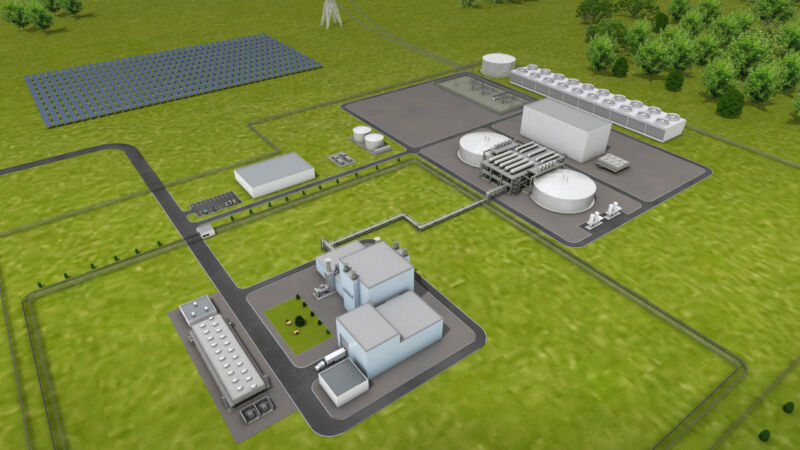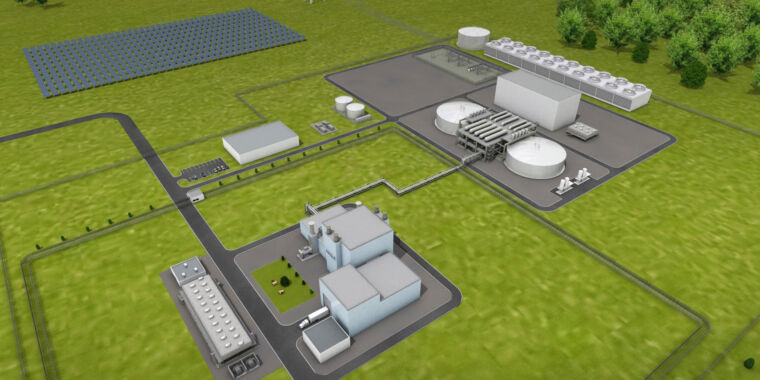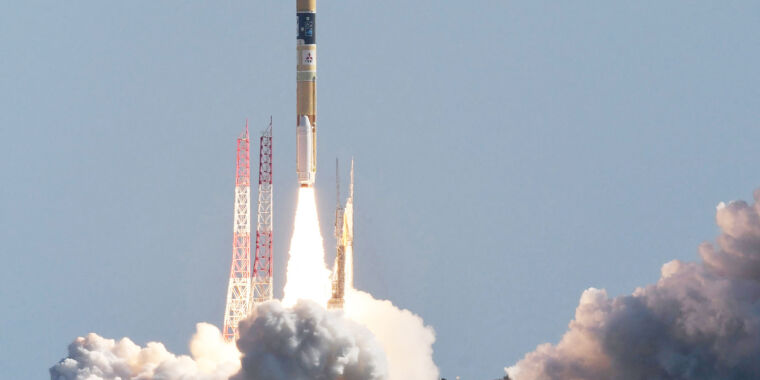
On Tuesday, TerraPower, the US-based nuclear power company backed by Bill Gates, announced it has chosen a site for what would be its first reactor. Kemmerer, Wyoming, population roughly 2,500, has been the site of the coal-fired Naughton Power Plant, which is being closed. The TerraPower project will see it replaced by a 345 megawatt reactor that would pioneer a number of technologies that haven’t been commercially deployed before.
These include a reactor design that needs minimal refueling, cooling by liquid sodium, and a molten-salt heat-storage system that will provide the plant with the flexibility needed to integrate better with renewable energy.
Public-private
While TerraPower is the name clearly attached to the project, plenty of other parties are involved, as well. The company is perhaps best known for being backed by Bill Gates, now chairman of the company board, who has promoted nuclear power as a partial solution for the climate crisis. The company has been selected by the US Department of Energy to build a demonstration reactor, a designation that guarantees at least $180 million toward construction and could see it receive billions of dollars over the next several years.
The reactor itself is also not strictly a TerraPower project. The reactor design is being developed jointly with GE Hitachi Nuclear Energy. A company called Bechtel will help with the construction, which will require a workforce equivalent to roughly 80 percent of Kemmerer’s population.
The design will involve a number of technologies that have only been tried rarely or not at all. So this will not be a simple project. TerraPower and GE Hitachi are calling the design Natrium, and they have set up a website to describe it. We’ll go over some of its key differentiators here.
Very different
To begin with, the plant will not use water to transfer heat out of the reactor; instead, it will use liquid sodium. This has a major advantage in that sodium won’t boil at any of the temperatures it should be exposed to in the reactor. This means that none of the hardware that holds the coolant will be exposed to high pressures, which simplifies matters considerably. Sodium will, however, readily react with air and explosively react with water, which raises a distinct set of concerns.
Globally, only about 25 major reactors have been built using sodium coolant. Many were only built for research purposes, and only a handful remain operational. The last one in the US was built in 1965, and the last operational one was shuttered in 1994. So, it’s fair to say that the companies don’t have much hands-on experience to draw on.
Sodium-cooled designs, in contrast to water cooling, don’t slow the neutrons produced by fission reactions down; they’re often referred to as “fast reactors” for that reason. Fast neutrons have the ability to transform isotopes that don’t make useful fuel, allowing them to produce more fuel during operation.
In TerraPower’s case, its design surrounds a core of enriched fuel with lots of less useful isotopes. The reactor will be powered by the enriched core as it converts additional material to useful fuel, which will take over as the first gets exhausted. This process can repeat through several layers of conversion, limiting the downtime needed for refueling. But again, it hasn’t seen commercial use before.
The reactor will have a number of features that should allow passive safety, causing its internal heat to remain limited even if cooling circulation fails.
Plays nicely with others
Finally, TerraPower won’t directly convert the heat extracted from the reactor into power; instead, it will store it as molten salt. As a result, although the reactor will be rated as 345 MW, the plant will be able to generate as much as 500 MW during periods of high demand or scale down to lower production when demand is reduced. This will allow the plant to better follow daily cycles of demand. In addition, the heat storage will also allow the Kemmerer site to better integrate with the growing use of renewable power (Wyoming is a major producer of wind power).
Overall, any one of these differences entails risks. The combination of all of them in a single design means this will be an extremely difficult project to pull off, especially on the planned seven-year timeline. Should it succeed, however, we can finally get a sense of whether the costs of advanced nuclear designs can remain competitive with the ever-shrinking costs of renewables backed by storage.








